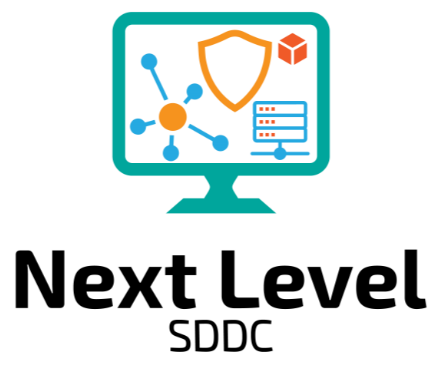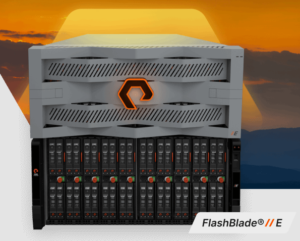After failing this vSAN Specialist 2023 (5v0-22.21) exam once, I was able to pass it on my second try. Several people have reached out interested to know more about some of the information that helped get past the hurdle.
Good luck! And I hope that you find this useful and pass the test on your next attempt too!
- vSphere Replication can manage up to 2000 VMs
- Each appliance can handle 200 VMs (1300 VMs, 7 appliances)
- vSAN proactive tests check for network connectivity/bandwidth
- vSAN proactive tests also can check for VM creation across hosts
- TRIM/UNMAP require on-disk format 7 or higher
- Stretched clusters was introduced in vSAN version 6.1
- vLCM desired image includes base esxi image, vendor addons/components, firmware/drivers
- Shutdown vSAN requires VMs powered off, and none of the hosts in maintenance mode
- Maintenance Mode Options include Ensure Accessibility (default), Full data migration and no DM.
- Ensure accessibility = short period (maintenance), data loss possible if FTT=1 and another host fails
- Full Data Migration = takes longer, considered for host removal purposes mostly
- No data migration = objects become non-compliant, and another host down will cause downtime
- Cache disk upgrade required host in maintenance mode to remove/re-create disk group
- Capacity disk failure requires entire disk group recreation if deduplication/compression is enabled
- Compression only cluster requires only failed capacity disk replacement (not entire disk group)
- vSAN can handle up to 5x disk groups, 7x capacity disks, 1x cache disk.
- It can also handle single cache (flash) with a single capacity disk in the group (lower availability)
- All-Flash cache disks are 100% write buffers. Hybrid is 70/30 split
- Default redundancy is FTT=1 and Raid-1 Mirrored
- Disk failure triggers immediate rebuild. Host maintenance has a 60-minute timer (default)
- Compression only was introduced in vSphere 7 U1. Reduces failure domain (single disk vs. DG)
- Compression-only also uses much less overhead compared to deduplication
- Stretched cluster runs active/active, but can be configure synchronous or asynchronous
- Witness VM uses vmk for vSAN connectivity to keep track of the hosts
- Witness VM is added to vCenter, NOT the vSAN cluster itself
- L2/L3 is fully supported and L3 requires static routes
- Required RTT has to be less than 5ms ( <2.5ms each way)
- On Stretched clusters, each site is a fault domain. Witness should reside at a 3rd site (best practice)
- Maximum number of hosts in a stretched cluster is 31 (15-15-1) on vSphere 7 U2
- All reads are 100% local unless there is an unexpected event
- Intelligent rebuilds include Proactive (disks less than 80% full) and Reactive (disks over 80% full)
- VMDK components can be up to 255GB in size. They are split afterwards (Ex: 1TB disk = 4 components)
- More stripes can help reduce the chunk sizes
- Normal size virtual witness can handle up to 500 VMs or 21,000 components (Large build after that)



